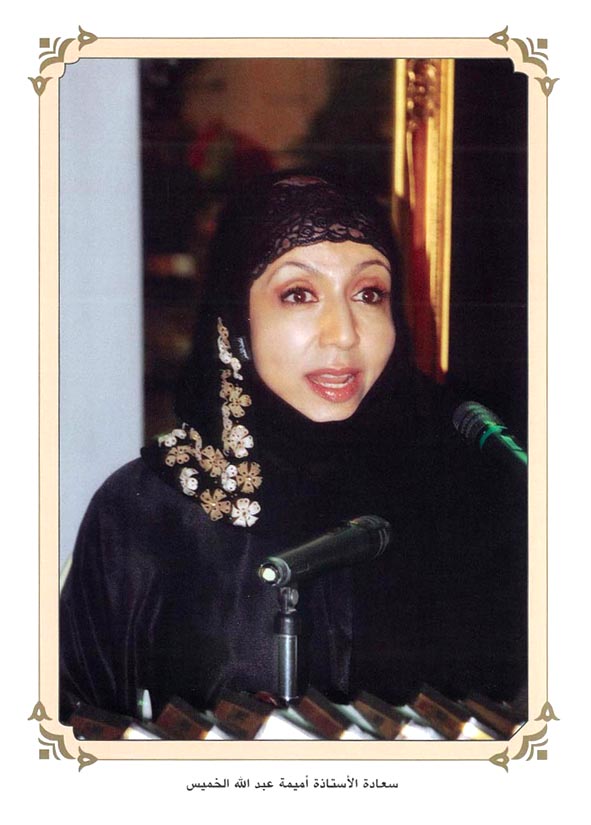|
|
| The Structure of Medinan Society in the Twelfth/Eighteenth Century |
|
|
| During this period the population of Medina and its surroundings may be classified into three groups of people, viz.: |
| 1. The inhabitants of the city, who imigrated to Medina from all areas of the Islamic world. According to al-Ansārī’s Tuhfat al-Muhibbīn the society of Medina was marked by a huge imigration to the holy city between the eleventh and twelfth (seventeenth and eighteenth) centuries of peoples coming from Najd, Hadramawt, Bilād al-Shām, Egypt, Iraq, Algeria, Morocco, Yemen, India, and Turkey
(1)
|
| 2. The Banū CAlī and their allies in the city, al-Nakhāwila
(2)
. |
| 3, The bedouin CHarb) tribe
(3)
. |
|
|
|
|
| The Relationship between Elements within Medinan Society as it appeared in the Productions of the Medinan Poets in the Twelfth/Eighteenth Century. |
|
|
| The poetry composed on the events of this time demonstrates that the Harb tribe was an ally of the Banū CAlī against the inhabitants of the city. If we take into consideration the fact that the living-places of the Banū Harb and Banū CAlī surrounded the city of Medina, then we may imagine the danger that any strike launched by these two allies against the civilians of the city might present. The famous poet al-Sayyid al-Baytī tried to suggest the consequences of such an attack in the following words: |
| ما زال ينكر في المدينة منكراً |
| مِنْ مُرْجف أو مفسد أو مُخذل |
| وَتَغلَّبَ العربانُ في أطرافها |
| من كل ناحية وبَغَى بنُو عَلِي |
| وتَغَافلَ الحكّام عما أبصروا |
| من جورهم فيها وظُلْمِ الأَرْمَل
(4)
|
|
|
|
| ("It cannot be denied that Medina has seen the objectionable ehaviour which came from the people of calumny, decay, and treachery. The Bedouin mastered the surrounding of the city from every direction and the Banū CAlī committed outrages, while the rulers ignored all that they witnessed of injustice and oppression by them against widows in the city"). |
|
|
| It is possible to understand the underlying motive of the Harb tribe’s attack against the inhabitants of the city as deriving from economic factors
(5)
, but the motivation of their allies the Banū CAlī must have been a religious one. The poet Husayn al-Ansārī, who contributed to the literary movement of Medina in that period, composed a poem on the event of the fourth civil strife in 1189/1775
(6)
and in this poem he fiercely satirized a certain people of Medina whom he calls al-Rafd
(7)
, because they found opportunity to exercise their boastfulness and malice against the inhabitants of the city: |
| تَهَلَّلَ وَجْهُ الرَّفْض بعد اغبراره |
| وأصبح ذو رفْض عزيزاً وسَيِّدا |
| يجُرُّ ذُيولَ التِّيه في أرض طيبة |
| وكَمْ من لعين منهم السَّيْفَ جرَّدَا |
| وسرُّوا سروراً لم يسروا بِمِثْلِهِ |
| وغَنَّى مُغنِّيهم لِذَاك وغَرَّدَا |
| وقد مَرَّ دَهْرٌ لا يجرُّون ذَيْلهم |
| ومَنْ جَرَّ أمسى بالتُّراب مُوسَّدَا |
| تُمنِّيهم يا سيِّد الرسل نَفْسُهُم |
| بأنْ يملكوا أرْضاً وداراً ومسْجِدَا
(8)
|
|
|
|
| ("The face of Rafd exulted after the time of dusty colour and the Rafidī became respected and masters. He [the Rafidī] walks with pride in the land of Tayba
(9)
, and how many cursed ones among them have unsheathed the sword! |
|
|
| They had never delighted so much as atthis time, so that their singers sang twittered. An age passed since they had ever walked with such pride and if anyone had strutted so, he would have been felled to the ground. Oh, master of the prophets, their aim is to own a piece of land, a house, and a mosque!"). |
|
|
| From the above lines we may sense that this group of people had previously no equality with the other inhabitants of the city and when a time came for them to join with the other enemies of the city’s inhabitants, they could then express their happiness and Schadenfreude over the sufferings of the opposing inhabitants. The poet repeated the word Rafd, to distinguish them religiously from the people whom he defended and spok on behalf of. The use of this word Rafd might suggest to us some of the underlying reasons for the division affecting the society of Medina at that time. As the poet sought vehemently to discredit this people from a religious point of view, he strongly asserted that the people of his party (perhaps the majority of the inhabitants) were following the right path and thereby incurred this attack from the opposing party: |
| وما قَصْدُهم إلاَّ انتهاك محارم |
| وتخْريب دور المؤمنين أولي الهُدَى
(10)
|
|
|
|
| ("Their aim was to violate the respectable women and devastate the houses of the believers, those who took right guidance"). |
|
|
|
|
 شارع عبد المقصود خوجة
شارع عبد المقصود خوجة 00966-12-6982222 - تحويلة 250
00966-12-6982222 - تحويلة 250






